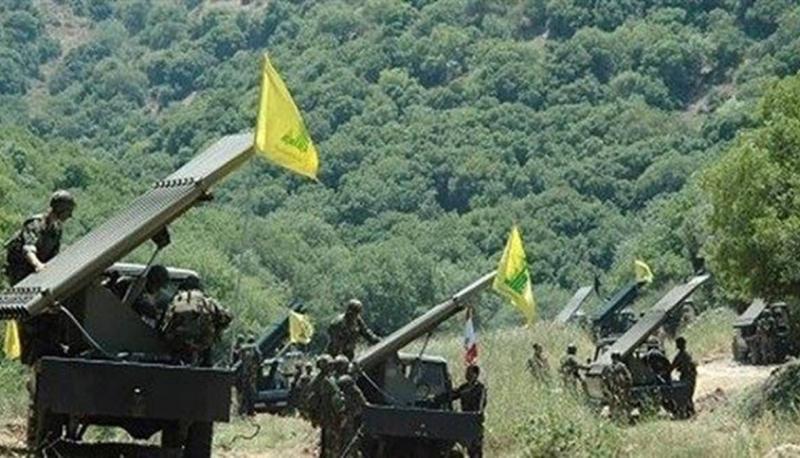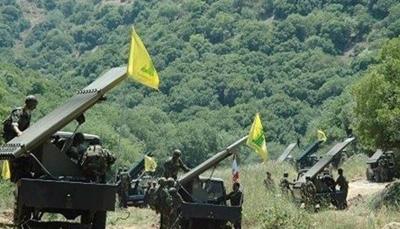Hezbollah members have properly prepared the battlefield by digging trenches, setting up fortified positions, and distributing weapon caches in safe areas. The party's operatives have measured locations for rocket launchers and have taken steps to create the necessary pits for them. They have also placed concealed and camouflaged platforms at appropriate points. This was reported by the Israeli outlet "calcalist," which also mentioned that Hezbollah fighters leave specific markers on the ground that could signal the locations of mobile launchers, which usually resemble light trucks with a rocket cell or the classic "BM21" launcher.
It added, “At that point, the dedicated team for the rocket launch platform will conduct a quicker measurement and simply check the distance with some other basic procedures. This way, they can operate faster, aim, and subsequently fire.” The report questioned: “With all the measurements and knowledge, and decades of experience in perfecting concealment techniques and bypassing launch platforms, mapping spread points, and all available technological advancements, why do Hezbollah rockets still miss every day and fall in open areas?”
The report published an image documenting the fall of rockets fired by Hezbollah towards an Israeli settlement, revealing that while some rockets hit their target, others landed in open areas, which is agricultural land.
The report continues, stating: "There are three main reasons for the errors regarding where the rockets fall. The first reason is that unguided artillery rockets are not precision weapons; Hezbollah launches many of these rockets at the target area to create an impact, knowing that some shells may hit the target while the majority will miss."
It also stated: "The second reason is that artillery attacks are not routine; they are processes that must succeed in real-time steps: there is a team launching the rockets, and another team hiding in the bushes within sight of the target, reporting the locations of the strikes and providing feedback. However, when the range is too far, drones are also used for observation. It appears that Hezbollah does not care much about post-launch feedback on artillery shells; fighters come to the launch point, execute the mission, then leave the area."
It further explains: "The third reason for the mistakes is that Hezbollah often does not actually care whether it hits inside or near a settlement; the idea here is to intimidate the settlers and Israelis, keeping them fearful and frustrated."
The report adds: "Sometimes fear is the only available effect. In this regard, Hezbollah faces a very serious problem in producing valuable targets, being unable to destroy sensitive assets of the Israeli army in the sector at times because it has no idea where they are. However, in the settlements, the party has no problem with shelling; they are an easy target for it. However, this carries a significant potential risk, as if Hezbollah fighters launch a large barrage of rockets at a settlement, the chances of civilian casualties will significantly increase. In such a scenario, Hezbollah might get dragged into a large-scale war, which they see as unsuitable for them at the moment; otherwise, they would have initiated one themselves, as did Hamas leader Yahya Sinwar in Gaza."
The report concluded: "The Israeli army has radars that can see rockets in the air, instantly detecting the launch point. Additionally, there are patrol aircraft, observers, patrols on the fence, and highly advanced sensors that scan every bush constantly - and any detected team will have a Zik drone directed to target it."




